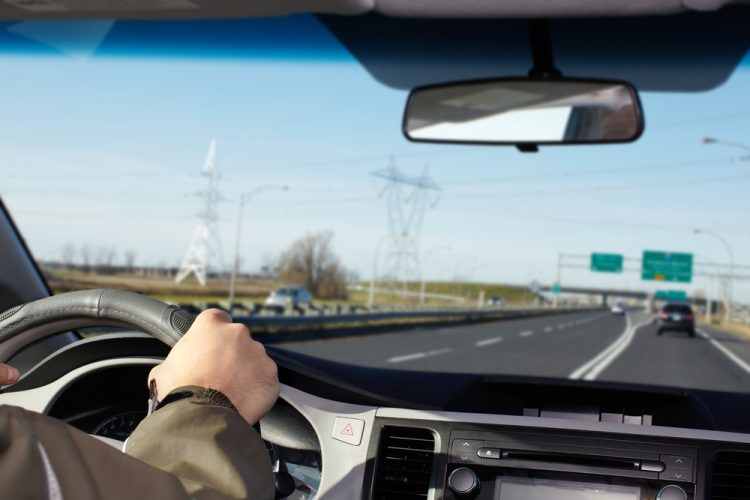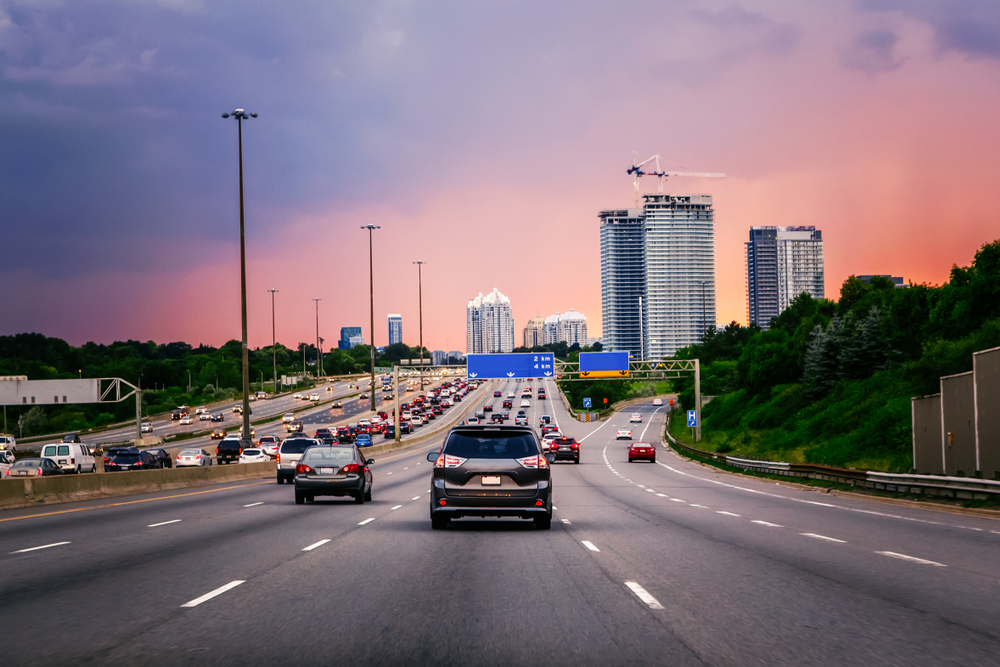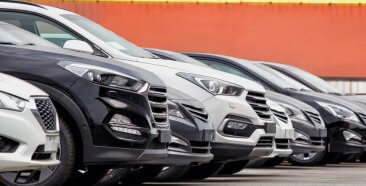
Welcome to the road! Now in possession of your first drivers license and car insurance policy, you’ll experience all kinds of adventures. You’ll also find the trip is very different, depending on where the road takes you.
Here are a few of the key differences in highway driving vs city driving, and tips to stay safe, as a new driver, in both environments.
Steady Speeds for the Best Fuel Economy
As you shopped for your first car, you probably noticed that vehicles’ average gas mileage rating is given in terms of highway driving vs city driving. You also likely noticed that the highway mileage is always higher than city mileage.
Most of that has to do with the sudden starts and stops of city driving. Highway miles, on the other hand, don’t come with stop signs or stoplights every few blocks. There’s little or no traffic coming at you from all directions, and you can get to and maintain a steady speed. Depending on where you are, you might be able to drive 100 miles or more without even thinking of fluttering the brake pedal.
That’s different than when driving in an urban environment, with a lot of people, where you might be constantly riding the brake.
But keep this in mind: while fuel efficiency is optimal at posted highway limits, your mileage actually goes down if you exceed more moderate speeds. That’s because air resistance and rolling resistance on your tires create a drag, and your engine has to work harder to maintain that higher speed. If you stay at posted speed limits and use cruise control (if you have it) to maintain a steady rate, you’ll get the best fuel efficiency.
You can also increase mileage while city driving by avoiding the constant hard stops and starts at lights. If you coast toward a red light and it turns green before you get to it, that’s one less tap of the brake.
Interestingly, city vs highway mileage results are exactly opposite for electric vehicles. A vehicle with an electric battery gets better mileage in the city than on the open road. Highway speed makes the battery work hard as it overcomes drag to the vehicle from air resistance. So your electric vehicle will get better mileage on city streets.
Paying Attention to Speed Limits Keeps You Safer and Your Driving Record Clean
Since we can achieve higher speeds on the highway than in the city, many of us do. In fact, it can be tempting to exceed the posted limit and watch your speedometer pass 70 and head toward your 80 mph reading — especially if it’s an open road with little traffic.
The threat here (in addition to worse fuel economy), is that it will take you longer to stop. A vehicle going 60 miles an hour will take 312 feet — more than the length of a football field — to come to a complete stop. One driving 80 mph will need an additional 496 feet — or close to three football field lengths in all — to stop.
Then there’s the speeding ticket. In the city, you might not ever be able to drive fast enough for that to be a threat, but on the open road, you can easily exceed the limit by enough to pay a hefty fine. That, in turn, can raise your car insurance rates or maybe even get your policy canceled. Then you’ll have to look for costlier insurance for high-risk drivers. If you remain citation and accident free, you may be able to get a good driver discount on your premium.
So don’t travel at excessive speeds on the open road just because you can.

Distractions Can Be Advantageous in City Driving vs Highway Driving
You definitely experience more of those while driving in the city. You’ve got people crossing streets, vehicular congestion, constant stops and starts at street intersections, bicyclists, honking horns, and a constantly changing landscape to keep in mind.
The advantage is that the constant distractions help keep you alert. On a highway with little traffic and less landscape variation, it’s easy to experience road hypnotism. That’s a mental state where your brain goes into a sort of standby mode due to the lack of activity. In such a state, it might take you a microsecond longer to respond to emergencies, such as a deer darting across the road or a car ahead of you suddenly braking while you’re traveling behind it at a high speed.
City distractions can also keep a sleepy driver awake easier than on the highway, when there are fewer decisions to make moment to moment. So keep speeds down and make conscious efforts to stay alert while driving on a quiet highway.
Car Wear and Tear Much Less of an Impact During Highway Driving
Hands down, the winner here is highway driving. Your ability to avoid constant braking and acceleration from zero and screeching-tire turns will keep your car in better running condition longer.
City driving is tough on engines, brakes, and tires, but you can reduce the wear and tear by driving conservatively. If you can avoid hitting the accelerator hard when the light turns green, for instance, you’ll be able to avoid screeching stops at the next light. This will enable you to keep your brakes and tires in running shape longer, and get greater fuel efficiency and fewer gas station stops.
In the highway vs city driving contest, highway driving wins this one.
Roadside Assistance Can Make a Big Difference to All Drivers
There’s a big difference between the help a stranded motorist might get on the highway versus the city. When you have to pull over to the side of the road with engine trouble, a flat tire, or for other reasons, you can be better off finding help if you’re in a city. Police assistance might happen in seconds, or one of the many passing motorists might stop.
On the other hand, if you’re on a long stretch of sparsely trafficked highway, or it’s late at night, help might not be so available for miles at a time. Your car insurer probably offers a roadside assistance benefit. This is something all drivers should look into, but it might be an even more critical policy add-on if you or a family member do a lot of highway vs city driving.
Roadside assistance is a 24-hour, seven-day-a-week service available through a toll-free phone number. You can call to receive a tire change, a few gallons of gasoline, a tow, or whatever other forms of quick assistance you need. Look into it. This insurance coverage can make big differences in terms of keeping new drivers safe.
Find Affordable Car Insurance Online for Young Drivers Today
When looking for a car insurance policy that reflects however (or wherever) you drive, contact your independent insurance agent at Freeway Insurance. Call us at our toll-free number, (800) 777-5620, or get a quick quote online. You can also find an office location near you and talk directly with a Freeway Insurance agent.


